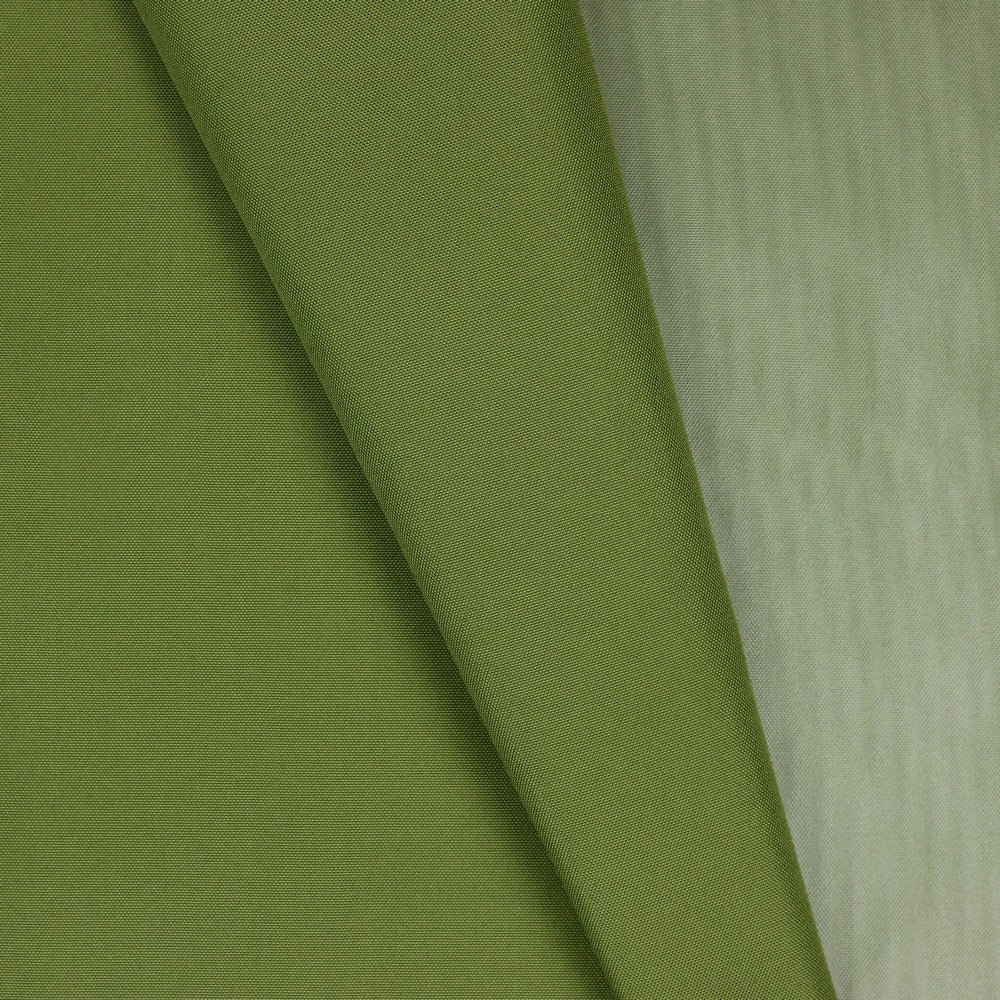How to Waterproof Viscose and Taffeta?
Waterproofing delicate fabrics like viscose and taffeta can significantly enhance their functionality and longevity. These textiles, often chosen for their luxurious feel and elegant appearance, require careful handling to maintain their quality. In this article, we’ll explore effective methods to waterproof these fabrics, ensuring they remain beautiful and durable.
Introduction
Fabric compatibility is crucial in fashion and sewing, impacting the final look and longevity of garments. Viscose and taffeta, though distinct, can complement each other when mixed. This guide will teach you how to waterproof these fabrics, preserving their aesthetic and functional qualities.
Understanding Viscose and Taffeta
Viscose
Viscose, a semi-synthetic fabric, is known for its silk-like feel and drape. It’s breathable and comfortable, making it popular in clothing. However, it absorbs moisture easily, which can lead to damage.
Taffeta
Taffeta is a crisp, smooth fabric often made from silk or synthetic fibers. It’s used in formal wear and home decor due to its sheen and structure. While less absorbent than viscose, it can still benefit from waterproofing.
Waterproofing Techniques
1. Fabric Sealants
Fabric sealants are a popular choice for waterproofing. They create a protective layer on the fabric’s surface, repelling water. Ensure the sealant is suitable for delicate fabrics to avoid altering their texture.
2. DIY Solutions
A homemade solution using beeswax and linseed oil can also waterproof fabrics. Melt beeswax, mix with linseed oil, and apply evenly. This method is eco-friendly and effective, though it may slightly alter the fabric’s texture.
3. Commercial Sprays
Commercial waterproofing sprays are convenient and effective. Choose one designed for delicate fabrics, and test on a small area first to ensure it doesn’t affect the color or texture.
Application Tips
- Preparation: Clean the fabric thoroughly before applying any waterproofing solution.
- Testing: Always test the solution on a small, inconspicuous area.
- Even Application: Apply the solution evenly to prevent streaks or spots.
- Drying: Allow ample drying time, following the product’s instructions.
Care After Waterproofing
- Cleaning: Hand wash or use a gentle cycle with mild detergent.
- Drying: Air dry to maintain the waterproof layer.
- Reapplication: Reapply the waterproofing solution periodically, especially after washing.
Conclusion
Waterproofing viscose and taffeta enhances their durability while preserving their luxurious qualities. By following these methods, you can extend the life of your garments and decor items, keeping them beautiful and functional.


Leave a Reply